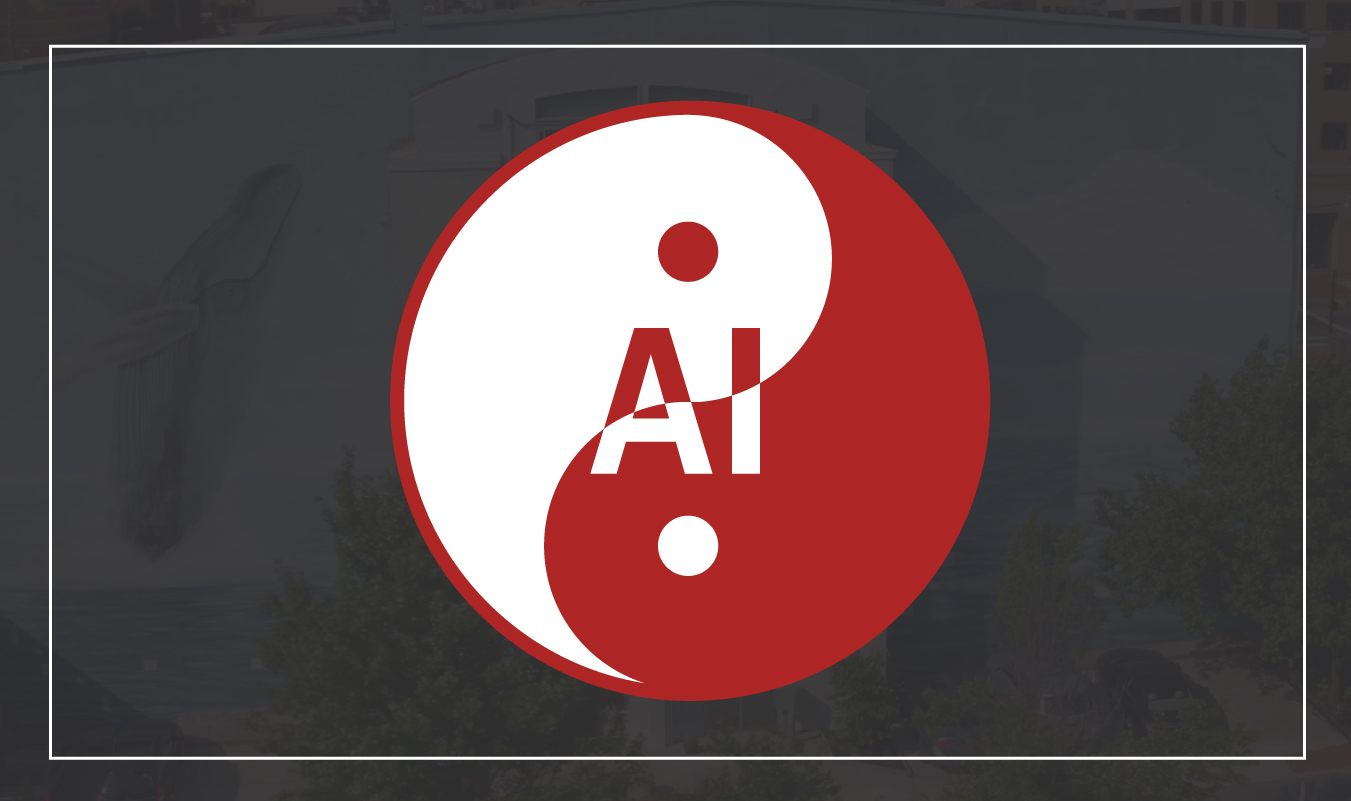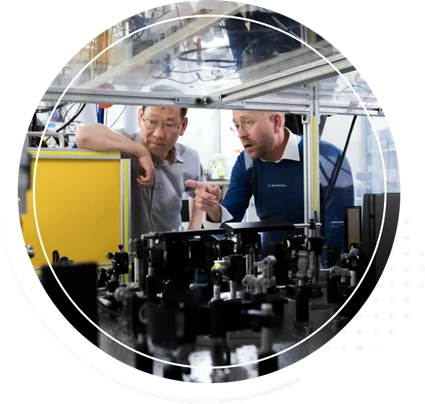
In July, we published an article on artificial intelligence (AI) in marketing called “The Future Is Now: AI-Driven Marketing.” AI is all around us these days; we give verbal commands to our automobiles, make verbal inquiries of our smartphones, voice-dictate text messages, verbally control the music we play, and much more.
Siri, Cortana, Alexa, Amazon Echo, Google Home, and other voice-controlled personal assistants will perform countless tasks for us – all we have to do is ask. Such convenience and power it gives us! It’s like magic. It’s cool and futuristic.
But is it necessary?
Just because we can…should we?
And for all the convenience, what are the risks and drawbacks?
I’m not going to attempt to answer all of those questions in one blog post, but I do have some relevant perspective to share.
In the late-fall, my girlfriend and I were out walking our dog and we approached a party going on in a neighbor’s backyard. From a distance I could hear many people talking—some quite loudly—and it sounded like a good time. As we got closer, I could clearly hear virtually every word being spoken.
“Alexa, play ‘Uptown Funk’!”
Five seconds later, from another voice, “Wait, Alexa, play Lady Gaga, ‘Poker Face’!’”
Literally, seconds later from another guest, “No, I have a better one…”
As we walked on by, I casually mentioned to my girlfriend, “That was interesting. They were quite fascinated with the voice-control of Alexa. They jumped through 3-4 different songs in the span of about 30-seconds!”
Having walked about a 1-mile loop, we headed back home and found ourselves again upon this party and the voices of the guests, still making song requests.
For at least 15-20 minutes, instead of engaging in some level of constructive social dialogue, all they were doing was trying to one-up each other in a contest to see who could play the best song—something they were never going to come to any consensus on—while never allowing a song to play for more than 15-20 seconds. I can only assume this must have been a brutally unpleasant auditory experience for some of the guests. It seemed like a social experiment gone annoyingly awry.
Do you see the conundrum here? Not every technological advancement is necessarily going to improve the norms and rituals we’ve come to know, love, and hold sacred.
The above observation, admittedly, is not a flattering look at AI. However, just as Paul McCartney often brought light and positivity to John Lennon’s darker view, I do see the other side. I’m actually excited about artificial intelligence in the bigger picture. AI is a powerful, emergent force that big tech companies are fawning over—and for good reason.
One of the most appealing attributes of AI is the endless possibility for applications. Its foundations, based on heuristic algorithms and recently combined with more refined and structured architectures, can be employed to solve a wide variety of problems—and the limitations here are largely unknown. Major advances in AI are happening in voice recognition, image recognition, deep learning, data prediction, pharmaceuticals, machine autonomy, military, radiology, and design. My Alexa example (voice recognition + deep learning) is just a small fraction of the breadth AI encompasses today.
Let’s examine one example where AI is positively impacting the banking industry. The Center for Strategic and International Studies (CSIS) has partnered with McAfee to evaluate just how much cyber-crime is costing the world. They estimate the global cost was somewhere around $600 billion in 2018, up from ~$400 billion back in 2014. This increase of ~50% over four years poses a huge risk and potential money loss for banks all over the world. Thus, banks are looking for smarter ways of detecting fraud, along with preventing users from experiencing a false-positive fraud alert while making legitimate purchases.
Financial institutions are turning to AI to help with this problem. Along with better credit card technology, like EMV chip cards, banks are building integrated heuristic-based systems to monitor and report in real time on the transactions being made everywhere. This additional level of validation could potentially save billions worldwide (~$150 billion in the USA alone).
These solutions, commonly known as machine learning or artificial intelligence applications, essentially learn purchasing behaviors of individuals, groups of people, and nations as a whole, then consolidate this information to perform a set of validation checks against transactions to determine if they meet the criteria of being considered fraudulent. These applications can also learn from their mistakes; as false-positives or missed fraudulent actions are reported, the algorithm can automatically adjust accordingly.
These tactics are somewhat vulnerable to ‘new’ fraud strategies, but consumer feedback can quickly help to thwart new threats, as these artificial intelligence algorithms can adjust quickly based on a relatively small sample of consumer feedback.
Such use cases are obviously contingent on our successful improvement and application of artificial intelligence, but we’re slowly getting there. Despite my negative anecdotal story regarding Alexa at a neighborhood party, emerging tech advances lead me to believe that AI might possibly be one of the most important and innovative technological advances in our lifetime. Really exciting!
Have you had any interesting AI experiences recently? We’d love to hear from you—please share with us at info@trellist.com.
1https://www.mcafee.com/enterprise/en-us/assets/reports/restricted/rp-economic-impact-cybercrime.pdf











